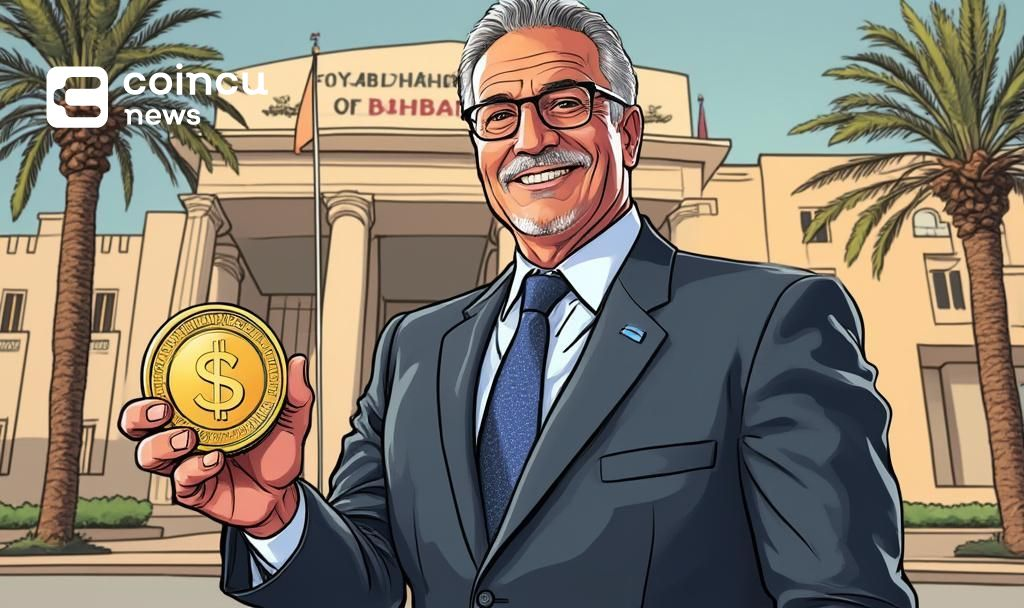$107596.58
At CoinCu News, we give both basic and in-depth articles on the latest news in the cryptocurrency and blockchain sectors.
John Kojo Kumi is a cryptocurrency researcher and writer specializing in emerging startups, tokenomics, and market dynamics within the blockchain ecosystem. With years of experience in crypto journalism and blockchain research, he provides in-depth coverage of decentralized finance (DeFi), NFTs, and Web3 innovations.
He holds a Bachelor of Arts in Geography and Rural Development from Kwame Nkrumah University of Science and Technology, Kumasi, bringing a multidisciplinary perspective to the evolving digital asset space. As a Crypto News Writer, he tracks and reports on industry trends, while his role as a Registrar at the Commission on Human Rights and Administrative Justice reflects his commitment to governance and transparency.
His expertise spans content strategy, SEO optimization, and technical research, enabling him to craft insightful, data-driven analyses. Passionate about blockchain’s transformative potential, he strives to equip readers with the knowledge to navigate the complexities of digital assets and decentralized technologies.
News
Brazil Central Bank Cyber Attack Targets C&M Software
A cyber attack on Brazil's central bank provider led to $140M loss, sparking industry scrutiny.
Jul
Bahrain Central Bank Announces New Stablecoin Regulations
Bahrain Central Bank introduces stablecoin licensing framework enhancing financial integration. Supported by the Bahrain Economic
Jul
Trump-Linked WLFI Proposes Token Tradability as Vote Opens on Independence Day
World Liberty Financial launches a proposal to make its $WLFI token tradable, opening voting to
Jul
EU-US Trade Talks Progress Without Major Breakthrough
EU negotiations aim to extend tariff suspension with the US. Cryptocurrency market unaffected.
Jul
Vitalik Buterin Supports Storm, Advocates Privacy Tools
Vitalik Buterin supports Tornado Cash co-founder Roman Storm amid legal issues, advocating for privacy tools
Jul
Europe Urged to Adopt Stablecoins Amid U.S. Dominance
Lorenzo Bini Smaghi, ex-ECB, urges Europe to embrace stablecoins to avoid marginalization in digital finance,
Jul
Ondo Finance Acquires Broker for Tokenized Stocks Push
Ondo Finance to acquire U.S.-regulated broker Oasis Pro, securing key licenses for tokenized securities expansion.
Jul
Turkey Blocks PancakeSwap and CryptoRadar for Unauthorized Services
Turkey halts PancakeSwap, CryptoRadar access over unauthorized services, impacting DeFi platforms.
Jul
Crypto Funding Surpasses 2024’s Total with Major IPO
Crypto funding in 2025 reaches $10.3 billion, exceeding 2024's total, with Circle's IPO leading the
Jul
[tptn_list how_old="7" limit="5" title_length="0" heading="0" show_date="0" ]
[tptn_list how_old="30" limit="5" title_length="0" heading="0" show_date="0" ]






















